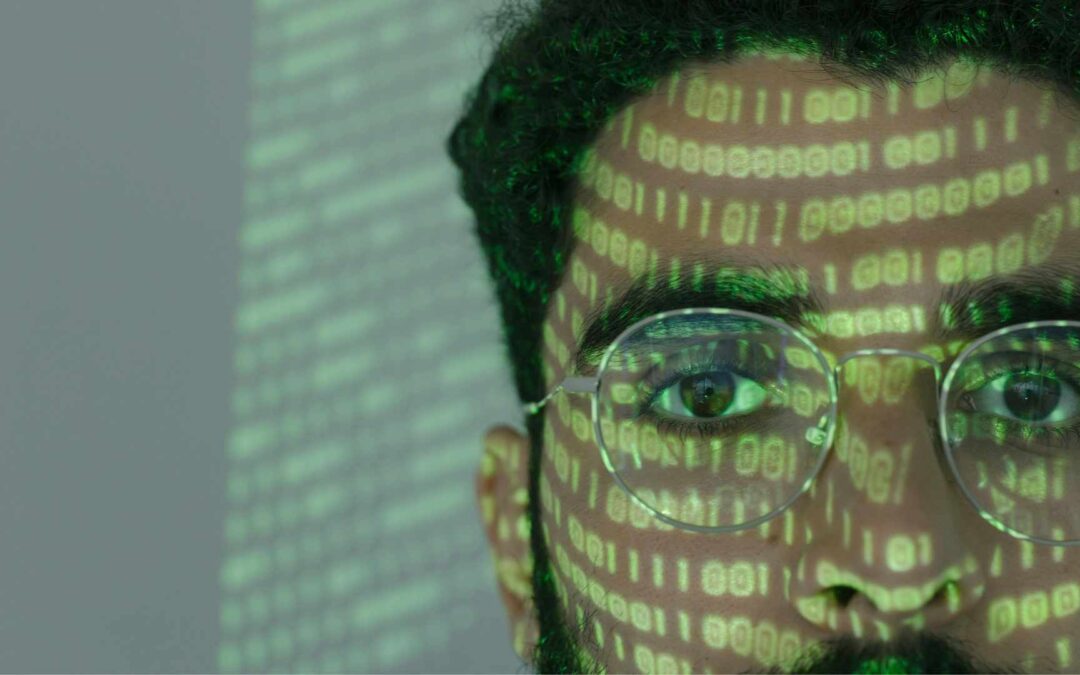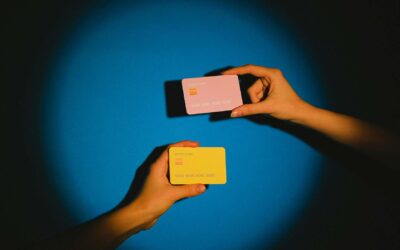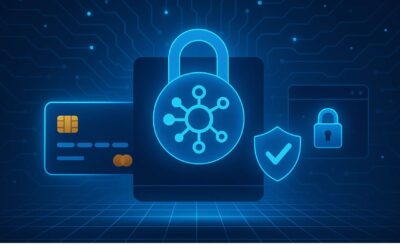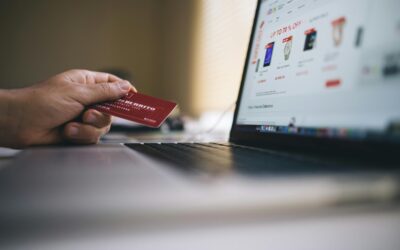Decentralised Autonomous Organizations (DAOs) and similar Web3 projects have changed how people build and run businesses. These structures rely on community decisions and smart contracts instead of central management. However, when it comes to opening a business bank account, DAOs still face real-world barriers.
Banks require legal documentation, named individuals, and a clear picture of how a business operates. A DAO, by design, may lack all three. But that doesn’t mean opening a bank account is impossible. It just requires structure, planning, and transparency.
This article explains how DAOs can open a business account by using Legal Wrappers, meeting compliance rules, and selecting the right financial partners.
What is a DAO?
A Decentralised Autonomous Organization (DAO) is a type of organisation that operates using blockchain technology. Instead of having a CEO or board of directors, a DAO is managed by code, specifically, smart contracts that execute rules automatically once certain conditions are met. These rules are written in open-source code and enforced by the network of computers running the DAO’s software.
People can become part of a DAO by acquiring its native token or cryptocurrency. Holding these tokens usually allows members to vote on key proposals. The more tokens a person holds, the more influence they typically have in the voting process.
DAOs are already in use across different industries. Examples include:
- MakerDAO, which operates a stablecoin backed by crypto assets
- DASH, a cryptocurrency updated and managed by its user community
- Augur, which supports decentralised prediction markets
- Steemit, a social media platform that rewards contributors
- Decentraland, a virtual world governed by users through token-based voting
Unlike traditional companies, DAOs are designed to align the interests of users through shared incentives. Tokens often represent both ownership and decision-making power, which allows users to guide the project’s development and financial decisions without a central authority.
How DAOs Work and Why Banking Is Difficult
Once a DAO’s rules are coded and shared, it often goes through a funding stage. In this phase, anyone can support the project by buying tokens. These tokens give holders a say in how the DAO operates. When this stage is complete, the DAO is considered active and starts functioning based on collective voting.
Members submit proposals, vote on decisions, and help manage the treasury. If a proposal receives enough votes under the rules set in the code, it is executed, either automatically by the smart contract or through the actions of trusted parties like developers or legal representatives.
This structure offers transparency and decentralised control, but it doesn’t match how banks work. Banks still expect companies to have legal registration, named directors, and clear ownership structures. They must follow strict rules to prevent fraud, money laundering, and illegal transactions.
For this reason, many DAOs face rejection when trying to open a business bank account. Even well-known decentralised projects may be denied service if they cannot prove who controls the organisation or how decisions are made.
That said, it is possible for a DAO to open and maintain a business account if it takes the right steps. The rest of this article explains how. We’ll look at common approaches that have worked for decentralised projects from 2023 to 2025, including how to choose the right legal wrapper, who to appoint as representatives, and how to build trust with banks.
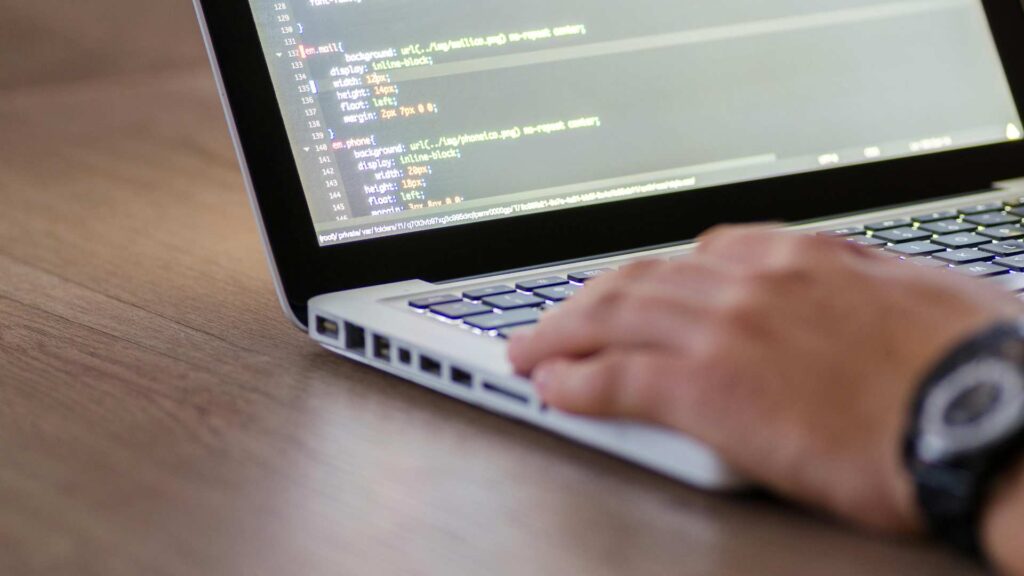
What makes DAOs challenging for banks?
Banks operate under strict rules to stop fraud, money laundering, and illegal transactions. For every business account, a bank must check:
- Who controls the company
- What it does
- Where its the money come from
- Whether its activity fits legal and tax standards
DAOs, however, are not registered by default. They may have no legal headquarters, no directors, and anonymous token holders. This structure makes it hard for banks to complete the required checks.
In a 2023 report by the European Central Bank, nearly 80% of crypto-linked businesses had difficulty opening accounts due to unclear ownership or high compliance risks. DAOs face the same problem unless they take steps to fit within the existing banking system.
Step 1: Create a Legal Wrapper
A DAO itself cannot hold a bank account. Banks require a legal person, usually a company or foundation that can sign contracts and take legal responsibility. This is where a “Legal Wapper” comes in.
Common types of wrappers include:
- LLC (Limited Liability Company) in Wyoming or Delaware
- Foundation in Switzerland, Liechtenstein, or the Cayman Islands
- LTD or GmbH in the UK or EU countries
Imagine a DAO focused on blockchain research. To access grants, pay developers, and manage treasury, it forms a Swiss foundation. This foundation names trustees, sets goals, and appoints someone to manage the bank relationship. Though the DAO still makes major decisions, the wrapper allows it to interact with the traditional system.
Choose a jurisdiction that understands crypto and allows flexible governance. Switzerland and Liechtenstein are among the more receptive options.
Step 2: Assign responsible individuals
Even with a legal entity, a DAO still needs people who can legally represent the project. Banks require:
- A director or signatory
- A compliance officer or main contact
- A physical address for the company
For example, imagine a DAO sets up a Cayman foundation. It appoints two directors with blockchain experience and a third-party compliance provider. These individuals go through identity checks and are listed on official documents submitted to the bank.
Make sure the people acting as directors or representatives are comfortable with their legal roles. Their names will be publicly connected to the project.
Step 3: Explain the business activity
Banks want to know how your DAO works, where money comes from, and how it is used. A short business profile should explain:
- The DAO’s purpose and goals
- Revenue sources (such as protocol fees or token sales)
- How payments and expenses are approved
- How the treasury is managed
Consider a DAO that develops decentralised finance tools. When applying for a bank account, the team submits a business description that includes governance rules, token use, developer grants, and audited smart contracts.
Include links to dashboards, GitHub repositories, voting records, and contracts. This helps the bank understand how your DAO makes decisions and handles money.

Step 4: Clarify token ownership and use
If your DAO has a native token, the bank may ask:
- Who holds the majority of tokens?
- What are the tokens used for—voting, rewards, or profit sharing?
- Can users cash them?
- Are tokens listed on public exchanges?
Imagine a DAO applying for an account, where 80% of the token supply is held by five wallets. Without any plan to diversify, and no KYC on these wallets, the bank may view the project as too risky.
On the other hand, a DAO with transparent token distribution, community voting, and published audit reports is more likely to meet approval standards.
Provide token distribution charts, smart contract audit results, and your project’s terms of use or whitepaper.
Step 5: Choose a Crypto-Friendly bank or EMI
Most traditional banks still hesitate to serve decentralised projects. However, there are some banks and electronic money institutions (EMIs) that are more open to Web3 clients.
These often include:
- Swiss private banks with crypto divisions
- Liechtenstein banks with blockchain service licenses
- EMIs in Lithuania, the UK, or Singapore that support crypto businesses
Picture a DAO that uses a Swiss foundation and applies for a business account at a crypto-friendly Swiss bank. After submitting all documents—legal structure, UBOs, business profile, and token data—the account is approved for basic treasury services and fiat payments.
Before applying, ask the institution if they accept DAOs and what extra documents they will require.
Step 6: Maintain compliance
Opening the account is only the first step. Once approved, your DAO must continue to meet the bank’s requirements. This includes:
- Reporting any changes in directors or shareholders
- Filing annual returns or tax forms
- Monitoring large or unusual transactions
- Keeping internal records of DAO votes and treasury decisions
A possible case: A DAO appoints new signatories after a governance vote. It fails to inform the bank, and weeks later, a large outgoing payment is flagged. The bank freezes the account until updated documents are provided.
Assign a small team or third-party provider to manage bank compliance. This avoids disruptions and builds trust.
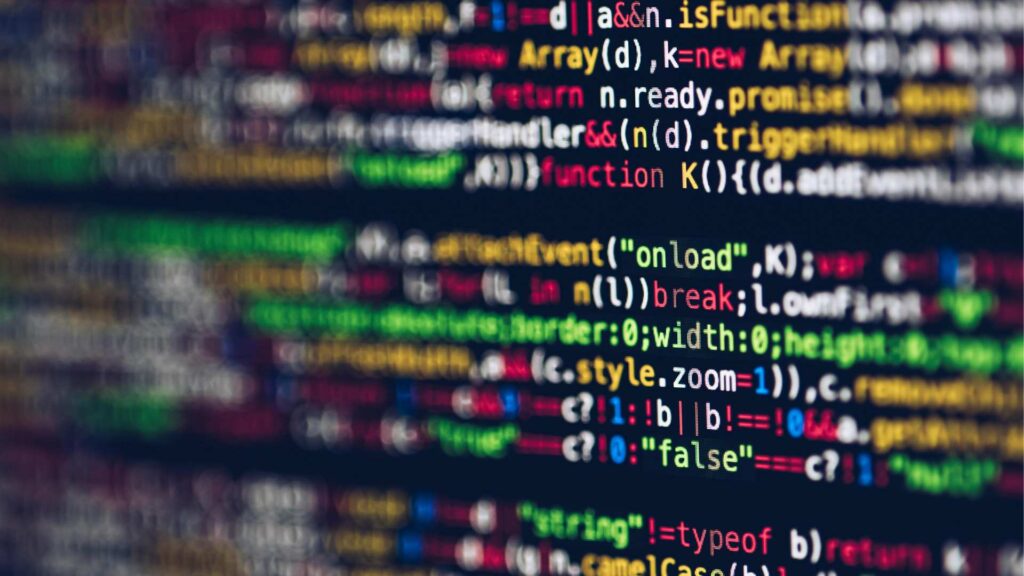
Common Mistakes to Avoid
- Using personal accounts to hold DAO funds -this can lead to frozen funds, tax penalties, or regulatory breaches.
- Keeping token ownership hidden – banks must know who controls funds and voting power.
- Avoiding registration – while decentralisation is a goal, interacting with fiat systems still requires legal compliance.
- Ignoring KYC needs – some DAO contributors may need to verify their identity, especially when handling large grants.
Bottom line
A DAO may be decentralised, but it still needs to follow legal steps to operate in the banking world. Creating a wrapper, appointing representatives, and showing clear operations helps convince banks that your project is trustworthy.
Start with a jurisdiction that supports blockchain innovation. Use professionals who understand crypto. Stay transparent about your governance, treasury, and token model. With proper planning, a DAO can successfully open and maintain a business account.
Decentralised projects are building the future—but for now, they still need to meet the requirements of traditional finance. The good news is that with the right structure, that’s entirely possible.
Explore our article: “How High-Risk Merchants Can Avoid Getting Blacklisted?” for up-to-date industry insights.
If you need support, book a free consultation with our experts today.
Disclaimer
Widelia and its affiliates do not provide tax, investment, legal or accounting advice. Material on this page has been prepared for informational purposes only, and is not intended to provide, and should not be relied on for, tax, investment, legal or accounting advice. You should consult your own tax, legal and accounting advisors before engaging in any transaction. Please consult https://widelia.com/disclaimer/ for more information.

